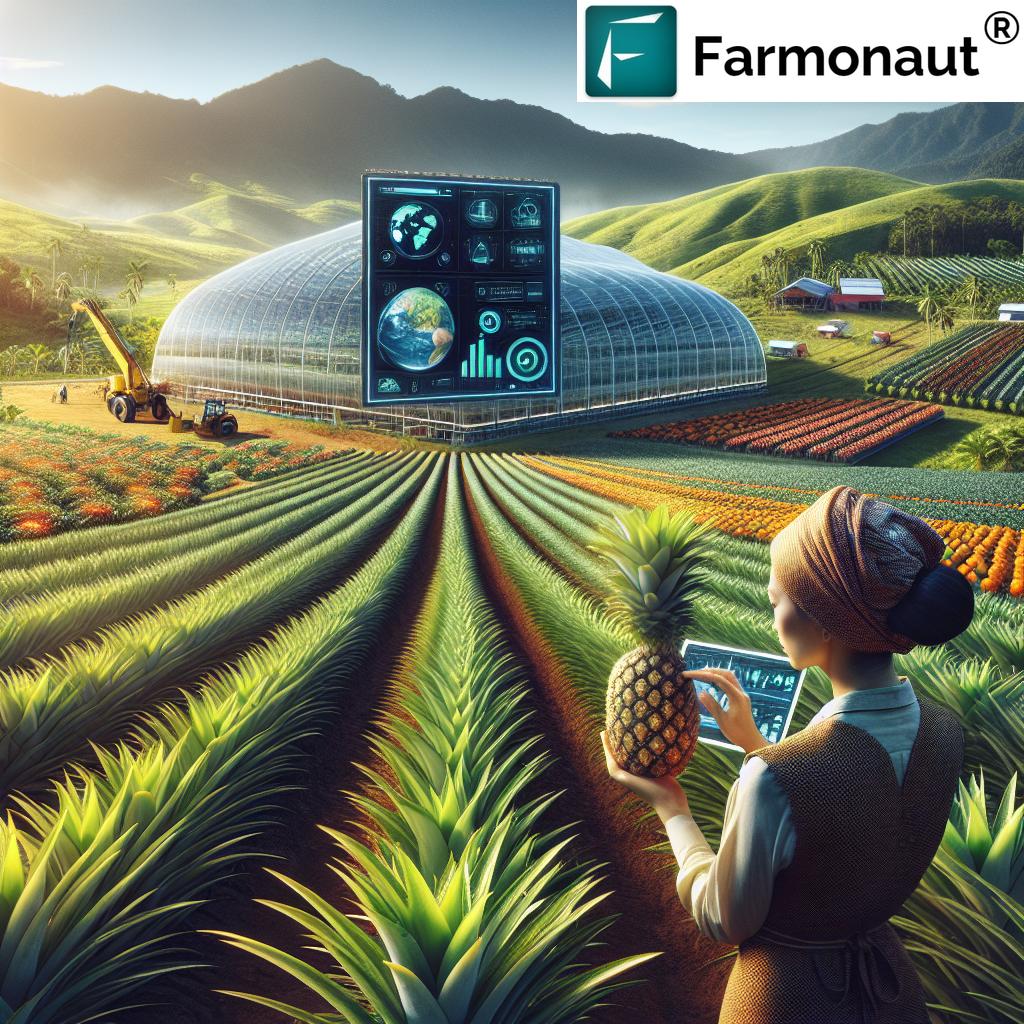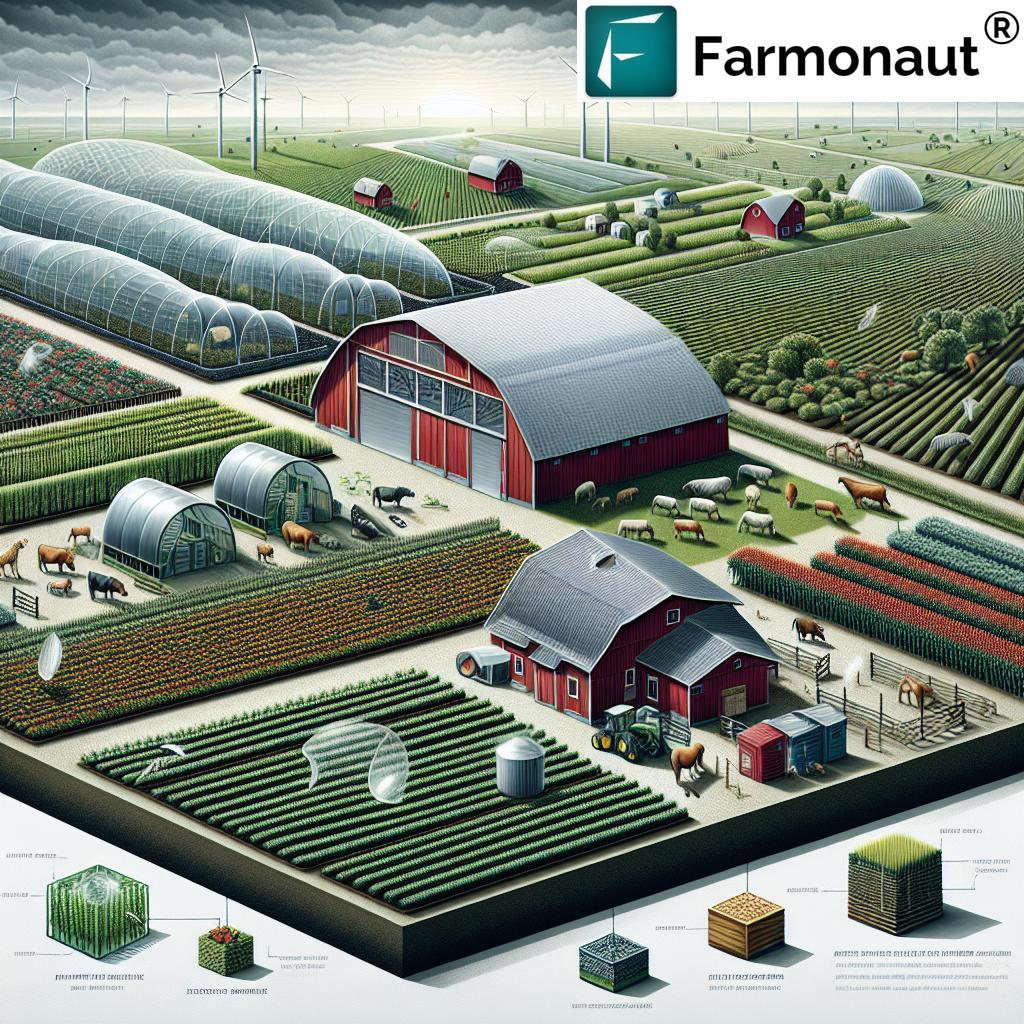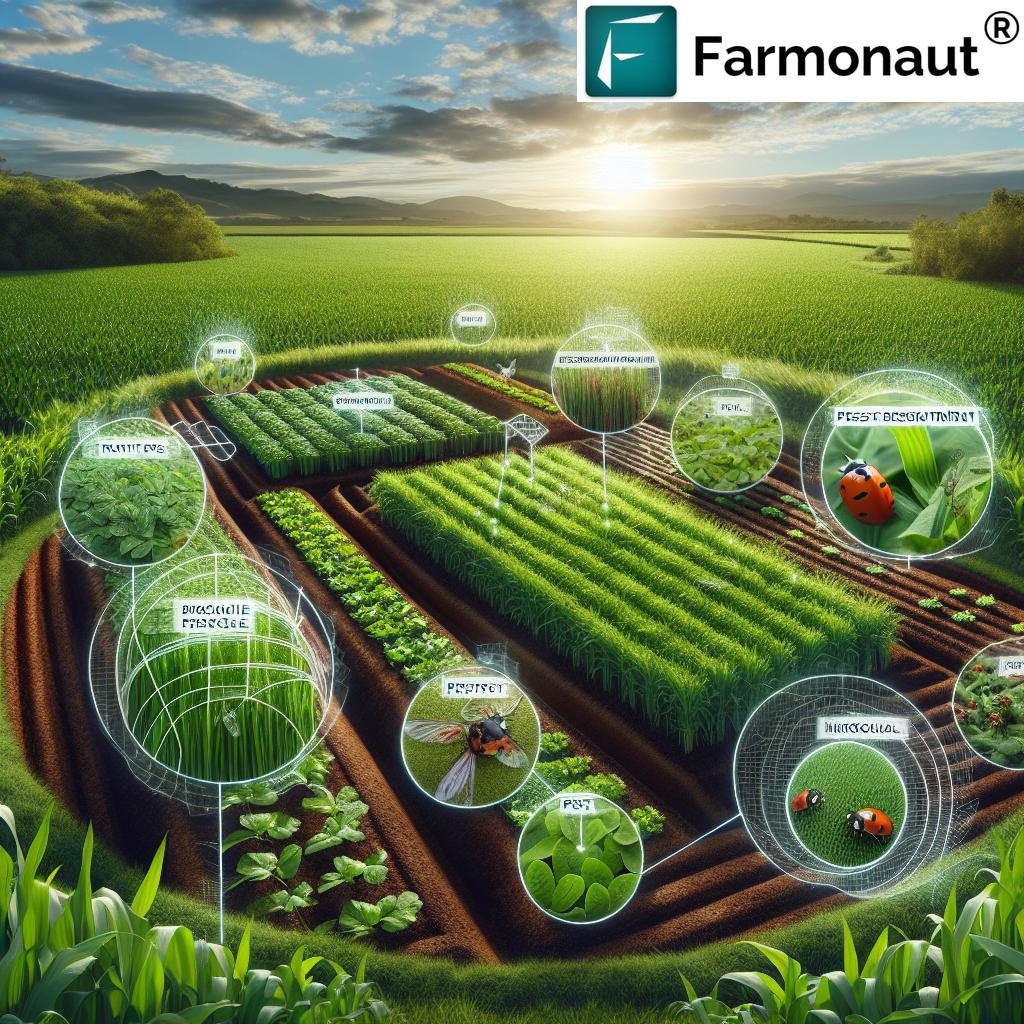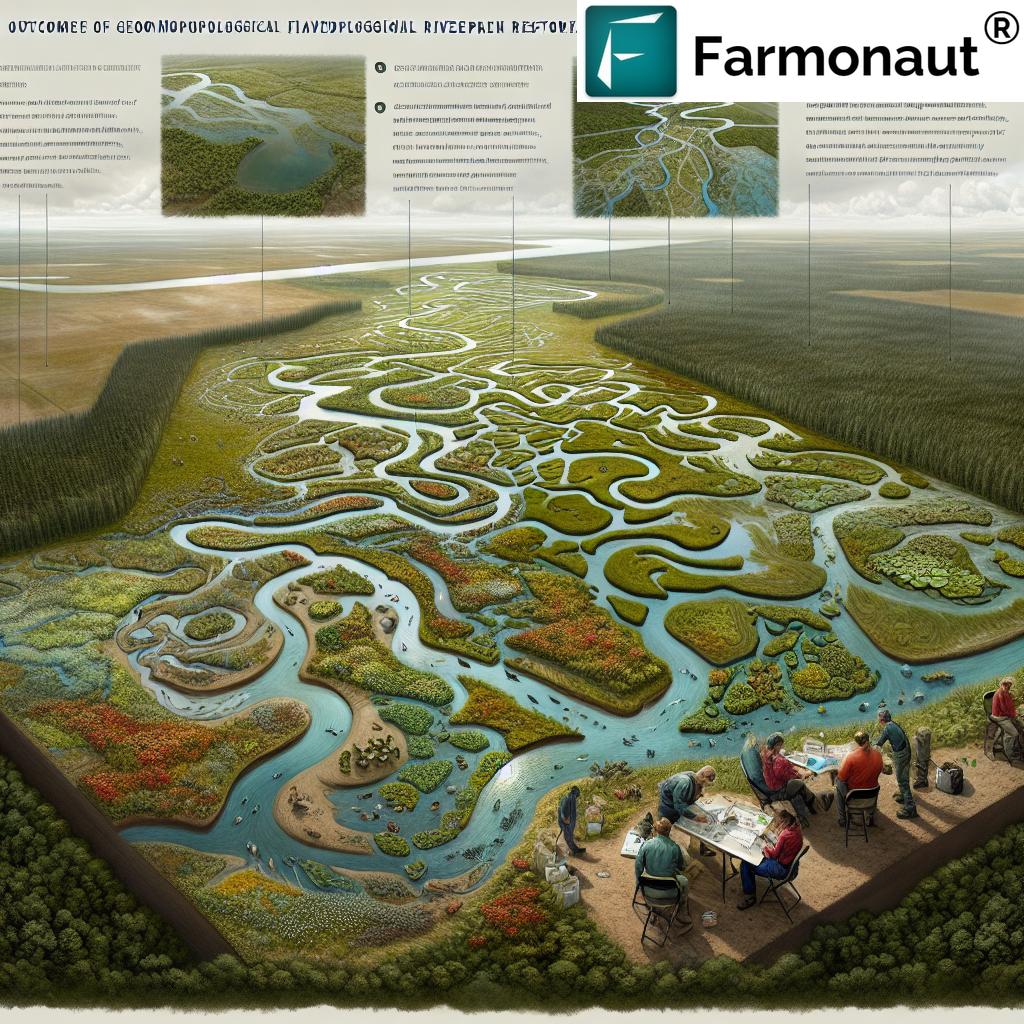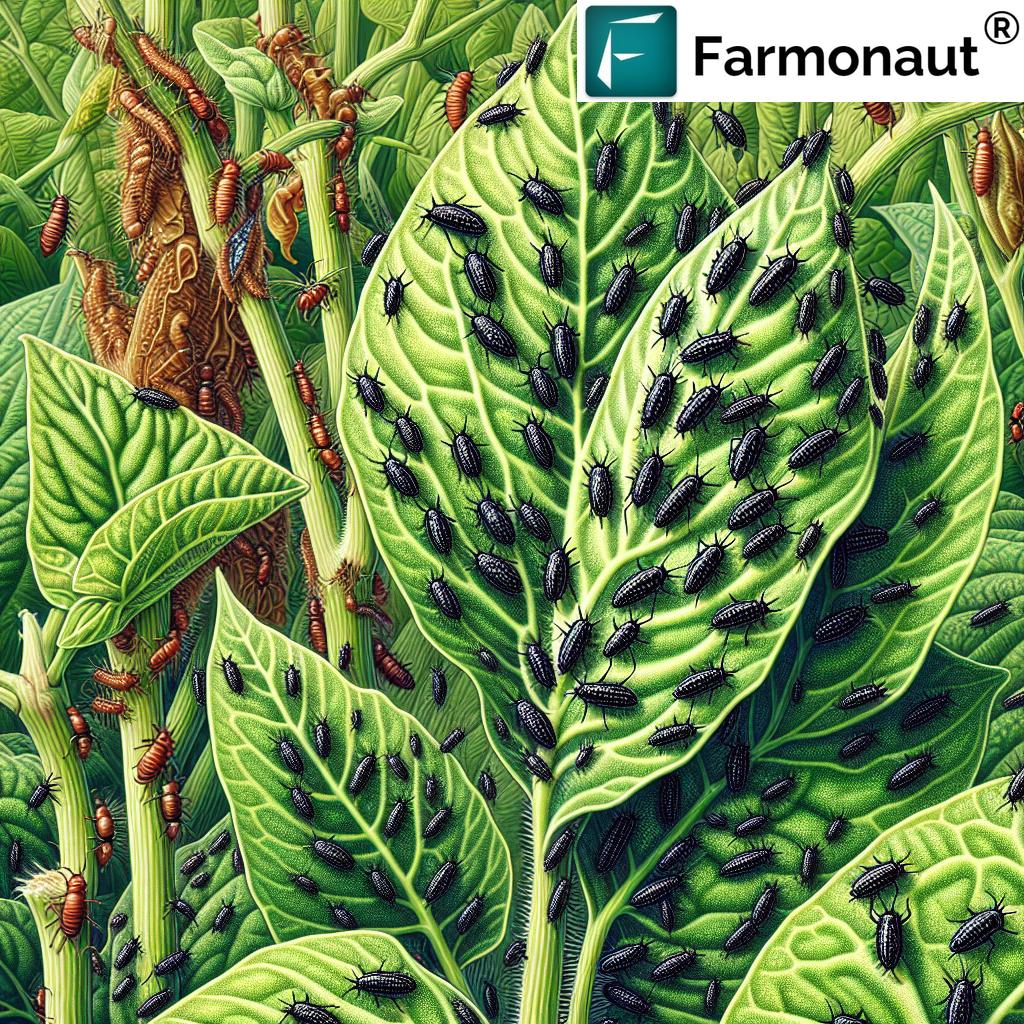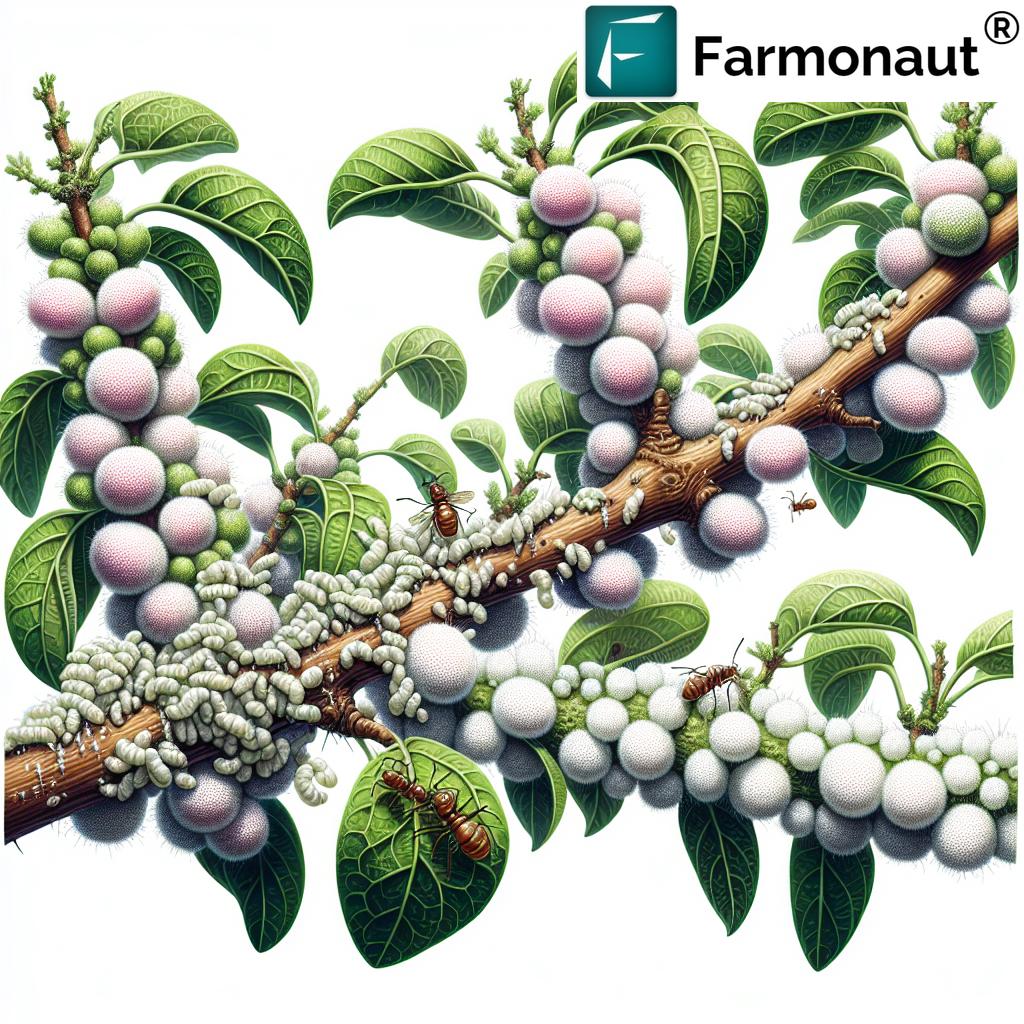Organic Farming Methodology: 7 Methods & Practices 2025
“Over 60% of organic farms in 2025 will adopt regenerative crop rotation to boost soil health and biodiversity.”
“Seven core organic farming methods are projected to reduce synthetic input use by 80% in sustainable agriculture by 2025.”
Methodology of Organic Farming: A Sustainable Approach for Modern Agriculture in 2025
Organic farming methodology has emerged as a pivotal approach in modern agriculture, placing environmental sustainability, long-term soil fertility, and biodiversity at its core. As global concerns about climate change, resource degradation, and chemical residues intensify, the need for a regenerative, eco-friendly, and scientifically informed methodology in agriculture becomes undeniable. The year 2025 sees organic farming methods becoming more advanced, integrating traditional wisdom with modern technologies.
This blog explores in detail the methodology of organic farming, emphasizing the seven best methods and practices for sustainable agricultural success. We focus on soil health, crop rotation, natural pest management, and regenerative techniques—all essential for a resilient agricultural ecosystem. Alongside, we will show how tools like Farmonaut’s satellite monitoring and AI advisories can empower organic farmers, enabling smarter, more efficient, and climate-resilient decisions.
Table of Contents
- Principles of Organic Farming Methodology
- 7 Methods of Organic Farming for 2025
- Comparative Table of Organic Farming Methods
- Implementing the Methodology of Agriculture Project for Organic Farming
- Regenerative Farming Methodology
- Farmonaut Solutions for Organic Farmers
- Frequently Asked Questions
- Conclusion
Principles of Organic Farming Methodology
At its heart, the methodology of organic farming centers on nurturing the soil-plant-animal ecosystem using purely natural processes and biodiversity. By building fertile, living soil—rather than relying on synthetic fertilizers and chemicals—organic farming strengthens the very foundation of agricultural productivity. Let’s unpack these key principles:
1. Soil Health and Fertility
-
The cornerstone of modern organic farming method is the focus on soil health.
- Practices such as composting, green manuring, crop rotation, biochar, and vermicompost enhance soil organic matter, boost microbial activity, and encourage nutrient cycling.
2. Biological Pest and Disease Management
-
Organic farmers rely on IPM (Integrated Pest Management) techniques that include:
- The introduction of natural predators (like ladybugs),
- Use of biopesticides derived from plants,
- Diversification of crops and careful habitat management to naturally disrupt pest cycles,
- Control pests without harmful chemicals.
3. Crop Diversity and Rotation
-
Diverse crop rotation is central to organic methodology:
- Prevents build-up of crop-specific pests and diseases,
- Improves soil structure and resilience,
- Often uses legumes to fix nitrogen from the atmosphere, reducing dependency on artificial inputs.
4. Use of Organic Seeds and Heirloom Varieties
-
Seed selection focuses on:
- Resilient, locally adapted, and heirloom varieties—these thrive in organic conditions, foster genetic diversity, and safeguard farmer autonomy.
5. Conservation and Responsible Use of Natural Resources
- Emphasis on water conservation, energy efficiency, and minimization of resources to protect ecosystem health.
6. Ecological Balance Through Biodiversity
- Promoting ecosystem biodiversity not only improves farm resilience but also provides natural pest control and pollination services.
7. Avoiding Synthetic Chemicals
- The organic farming methodology avoids synthetic fertilizers and pesticides—prioritizing natural processes for enhanced soil and food quality.
7 Methods of Organic Farming for 2025
Let’s delve into the top seven organic farming methods that have evolved to meet the climate, productivity, and sustainability challenges of 2025.
1. Crop Rotation: Breaking Pest Cycles and Building Soil Health
Crop rotation forms the foundation for pest management and soil fertility. The methodology involves cultivating different crops in a sequenced cycle on the same land, rather than growing the same crop repeatedly.
- Breaks pest and disease life cycles.
- Enhances nutrient cycling and reduces soil exhaustion.
- Common rotations: cereals (wheat/rice) → legumes (beans/peas) → root crops (potato), etc.
- Legumes are often interspersed to fix atmospheric nitrogen naturally.
2. Green Manuring: Feeding The Soil the Natural Way
Green manuring involves growing specially selected crops (like legumes, clover, or sun hemp) and then ploughing them back into the soil. This organic farming method:
- Increases soil organic matter and nitrogen content.
- Improves soil structure, aeration, and water-holding capacity.
- Suppresses weeds and protects against soil erosion.
Tip: Green manure crops are usually planted between main crops or during fallow periods for maximum soil benefit.
3. Composting: Recycling Nutrients for Maximum Soil Fertility
In organic farming, composting is a central methodology for recycling on-farm organic matter into usable, nutrient-rich fertilizer. By composting crop residues, animal manure, and green waste:
- Soil microbial activity is boosted.
- Water retention and soil structure improve.
- The need for synthetic fertilizers is reduced, and nutrient cycles are enhanced.
- Modern composting includes aerated static piles and vermicomposting for faster decomposition and nutrient efficiency.
4. Biological Pest and Disease Control: Harnessing Nature for Farm Health
Organic methodology relies on nature-based IPM techniques to manage pests and diseases, such as:
- Releasing natural predators (e.g., ladybirds, lacewings, parasitic wasps).
- Using biopesticides (plant or microbe-based solutions), e.g., Bacillus thuringiensis sprays for caterpillars.
- Cultural management: adjusting planting times, crop spacing, and employing trap crops.
- Habitat management: maintaining hedgerows, flower strips, or insectary plants for beneficial insects.
By avoiding chemicals, these techniques protect biodiversity and farm workers’ health.
5. Cover Cropping: The Living Blanket for Soil and Sustainability
Cover crops—plants grown not for harvest but to “cover” and protect the soil—are a vital practice for modern organic methodology. Popular cover crops include clover, vetch, rye, and buckwheat.
- Prevent soil erosion and nutrient leaching.
- Add organic matter as they decompose, further improving soil health.
- Provide food and habitat for pollinators and predatory insects.
- Can suppress weeds and naturally break pest cycles.
- In 2025, intercropping with cover crops between cash crops is a common way to boost biodiversity and efficiency.
6. Organic Mulching: Conserving Water and Soil with Nature’s Materials
Mulching uses organic materials (straw, leaves, coconut husk, grass clippings, etc.) to cover the soil surface.
- Reduces water evaporation and conserves moisture.
- Suppresses weed growth naturally.
- Regulates soil temperature for better plant health.
- Adds organic matter to the soil as mulch decomposes.
Unlike plastic mulches, organic mulching aligns with sustainability and soil conservation in organic methodology.
7. Agroforestry Integration: Trees and Crops for a Climate-Resilient Farm
Agroforestry blends trees, crops, and sometimes livestock—an advanced, holistic, and regenerative farming methodology for 2025.
- Creates microclimates, sheltering crops and reducing wind/water erosion.
- Enhances carbon sequestration, soil structure, and water cycling.
- Increases wildlife habitat and on-farm biodiversity.
- Diversifies farm income (fruit, timber, fodder, etc.)
- Insulates against climate change impacts and builds long-term farm resilience.
Comparative Table of Key Organic Farming Methods (2025)
Implementing the Methodology of Agriculture Project for Organic Farming
Starting or transitioning to organic farming in 2025 calls for careful planning and a structured methodology of agriculture project. Here are the proven steps:
-
Site Assessment:
- Test soil for organic matter, pH, and microbial activity.
- Assess water availability and local climate conditions for appropriate crop selection.
-
Transition Planning:
- Reduce and phase out synthetic inputs (fertilizers, pesticides) gradually.
- Build up soil health and on-farm biodiversity; this conversion period lasts 2–3 years to meet organic certification standards.
-
Input Sourcing:
- Obtain certified organic seeds, natural fertilizers, and biopesticides. Ensure all inputs comply with organic standards.
-
Farm Management:
- Develop crop rotation schedules.
- Apply IPM and biodiversity strategies, maintain detailed records for certification.
-
Monitoring and Evaluation:
- Regularly assess soil, crop health, and pest pressures.
- Adapt management for improved efficiency and sustainability.
-
Market Linkage and Certification:
- Connect to certified organic markets and pursue verification to increase product value and consumer trust.
Explore Farmonaut’s Product Traceability platform—it supports full transparency from field to consumer, critical for certified organic produce.
For flexible, scalable large-scale organic farm management, Farmonaut’s Large-Scale Farm Management Solutions offer advanced satellite monitoring, digital mapping, and automated reporting on crop performance and soil health.
Regenerative Farming Methodology: Beyond Organic in 2025
While the methodology of organic farming improves soil health and reduces harmful inputs, regenerative farming methodology pushes the sustainability frontier further by restoring and revitalizing degraded ecosystems.
- Employs minimal or no-till soil management, maintaining soil structure and microbial activity.
- Prioritizes planting perennial crops and integrating livestock to mimic natural cycles.
- Focuses on carbon sequestration, rebuilding soil organic matter, and enhancing water retention.
- High diversity of plant and animal species for system resilience.
- Seeks climate adaptation as well as mitigation, aiding in the fight against climate change at the farm level.
For accurate carbon measurement and actionable insights, Farmonaut’s Carbon Footprinting Platform helps organic and regenerative farms monitor, manage, and verify their climate impact using satellite imagery and data-driven analytics.
“Over 60% of organic farms in 2025 will adopt regenerative crop rotation to boost soil health and biodiversity.”
Farmonaut Solutions for Organic Farmers: Technology for Sustainable Success
At Farmonaut, we believe in democratizing affordable, actionable technology for farmers committed to organic and regenerative methodology. Here’s how our platform supports your journey in 2025 and beyond:
- Satellite-Based Monitoring:
We use multispectral satellite imagery to provide real-time data on soil health, crop growth, and disease risks. This enables better decision-making and on-the-spot adjustments for optimal productivity.
- AI Advisory System (Jeevn AI):
Our AI analyzes field and climate data to offer tailored strategies—advice on crop rotation, pest risk, irrigation, and inputs—keeping your operations efficient and compliant with organic standards.
- Blockchain Traceability:
With blockchain-enabled traceability, you can track your organic produce from seed to shelf, reinforcing consumer trust and market access.
- Environmental Impact Monitoring:
Our tools help quantify carbon sequestration and other sustainability benefits—vital for certification and premium markets.
- API Access for Developers:
Integrate satellite, weather, crop, soil, and eco-metrics into your own apps and systems via our API platform (see also developer docs).
- Resource and Fleet Management:
For streamlined farm logistics, our fleet and equipment tracking tools improve efficiency and reduce operational costs for organic farms of all sizes.
- Loan & Insurance Verification:
Facilitate easier access to finance through satellite-based reporting, ensuring that financial institutions can verify farm performance and reduce fraud.
For those seeking holistic, sustainable crop plantation and forest management advisories on regenerative agriculture, our platform delivers satellite-backed recommendations and in-depth analytics—see our Crop Plantation & Forest Advisory service.
Frequently Asked Questions
What is the primary focus of the methodology of organic farming in 2025?
The core aim is to improve soil health and create resilient, productive ecosystems using natural processes, biodiversity, and regenerative farming methodology—all while reducing chemical and synthetic input dependency.
How does crop rotation contribute to soil fertility and pest management?
Crop rotation breaks pest and disease cycles and enhances soil fertility by alternating shallow/deep-rooted, legume, and cereal crops. Integrating legumes improves nitrogen levels naturally—foundational to the methodology of organic farming.
What role does composting play in sustainable organic farming?
Composting recycles organic waste into natural fertilizers, boosting soil microbial activity, enhancing nutrient cycling, and reducing the need for synthetic inputs within the organic farming method.
Why is regenerative farming methodology gaining momentum in 2025?
Regenerative farming goes beyond “do no harm”—it restores soil, water cycles, and biodiversity, sequesters carbon to combat climate change, and creates resilient agricultural systems that thrive long-term, complementing the methodology of organic farming.
How can Farmonaut help organic farmers?
Farmonaut provides satellite-based monitoring, AI-driven advisory, blockchain traceability, and actionable sustainability tools. We empower organic farms to boost productivity, comply with standards, secure market access, and adopt regenerative farming methodologies using advanced, affordable technology.
Conclusion: The Future of Organic Farming Methodology in 2025 & Beyond
The methodology of organic farming in 2025 is both scientifically advanced and rooted in ecological principles. By prioritizing soil health, natural input cycles, and diverse farming methods—
crop rotation, green manuring, composting, biological pest control, cover cropping, organic mulching, and agroforestry—
global farmers are producing more nutritious food while preserving our environmental heritage.
Regenerative farming methodologies further enhance these benefits, ensuring carbon sequestration, biodiversity conservation, and long-term farm resilience in the face of climate change. As more farmers adopt these methods of organic farming, food security, sustainability, and economic opportunities are strengthened for communities and the planet alike.
With the integration of satellite and AI-driven platforms like Farmonaut, the journey from tradition to technology ensures organic and regenerative agriculture remains a cornerstone of global food production—aligned with contemporary standards, consumer demand, and ecological stewardship.
For those ready to embrace this methodology, the time is now. The tools are ready, the principles are clear, and the rewards—for your farm, your customers, and the earth—are profound.
Additional Resources:
– Farmonaut API
– API Developer Docs












